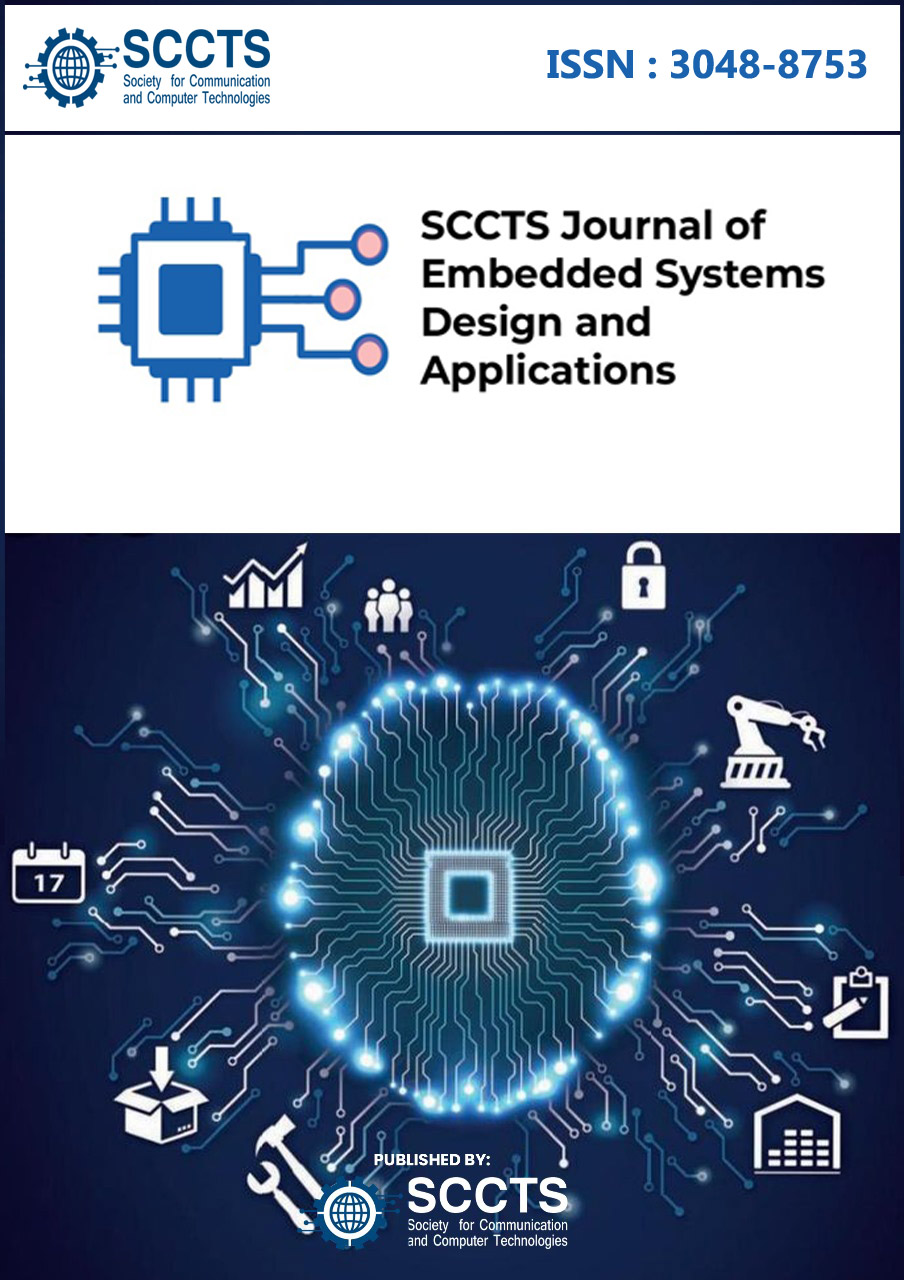Embedded Systems for Real-Time Traffic Management: Design, implementation, and challenges
DOI:
https://doi.org/10.31838/ESA/02.01.05Keywords:
Autonomous Vehicles; Embedded System Design Tools; Mixed Signal Systems; Memory Management in Embedded Systems; Embedded Systems OptimizationAbstract
In the current world, blurred borders of structures and an ever-expanding tendency towards the creation of bigger and more megalopolis like city structures, traffic management has become one of the important considerations for city and transport planners. The enhancement of embedded systems and the connection with IoT presents immense potential to change the current
paradigm of traffic monitoring, analyzing and controlling in real-time. In this article, the author discusses the specifics of the use of embedded systems for real-time traffic control, including the concepts of such systems, their application methods, and the difficulties arising from the integration of such powerful instruments into today’s complex urban planning systems. When cities expand, and more people own cars, conventional techniques to handle traffic fail to solve problems of congestion and increased risk. Enter embedded systems – small and dedicated computers designed to solve a particular set of problems most effectively and without such problems interfering with other problems. When used in traffic management these systems are the basis of intelligent transportation systems, their main components are responsible for data acquisition, processing and management in order to optimize traffic flow and improve road safety.





